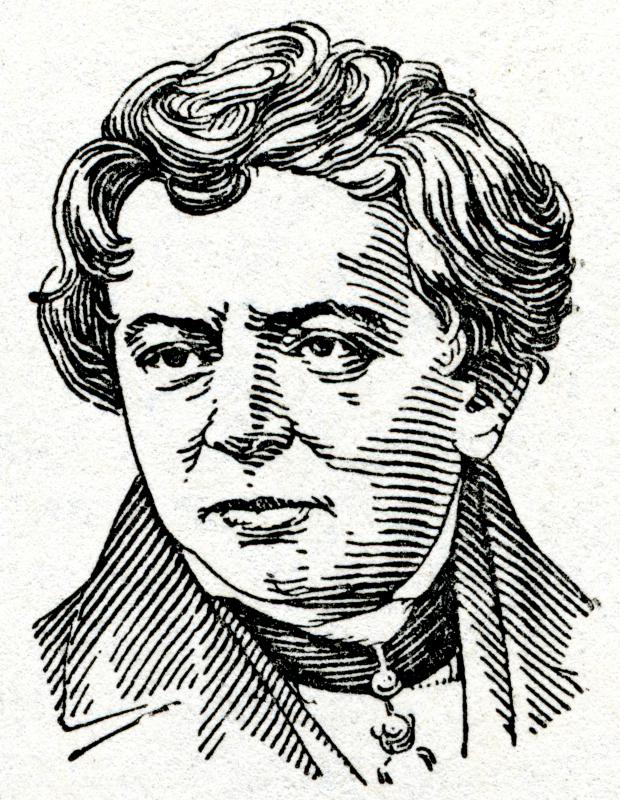At AllTheScience, we're committed to delivering accurate, trustworthy information. Our expert-authored content is rigorously fact-checked and sourced from credible authorities. Discover how we uphold the highest standards in providing you with reliable knowledge.
What is a Resistor?
A resistor is a component of a circuit that resists the flow of electrical current. It has two terminals across which electricity must pass, and it is designed to drop the voltage of the current as it flows from one terminal to the other. Resistors are primarily used to create and maintain known safe currents within electrical components.
Resistance is measured in ohms, after Ohm's law. This law states that electrical resistance is equal to the drop in voltage across the terminals of the resistor divided by the current being applied. A high ohm rating indicates a high resistance to current. This rating can be written in a number of different ways — for example, 81R represents 81 ohms, while 81K represents 81,000 ohms.

The amount of resistance offered by a resistor is determined by its physical construction. A carbon composition resistor has resistive carbon packed into a ceramic cylinder, while a carbon film resistor consists of a similar ceramic tube, but has conductive carbon film wrapped around the outside. Metal film or metal oxide resistors are made much the same way, but with metal instead of carbon. A wirewound resistor, made with metal wire wrapped around clay, plastic, or fiberglass tubing, offers resistance at higher power levels. Those used for applications that must withstand high temperatures are typically made of materials such as cermet, a ceramic-metal composite, or tantalum, a rare metal, so that they can endure the heat.

Resistors are coated with paint or enamel, or covered in molded plastic to protect them. Because they are often too small to be written on, a standardized color-coding system is used to identify them. The first three colors represent ohm value, and a fourth indicates the tolerance, or how close by percentage the resistor is to its ohm value. This is important for two reasons: the nature of its construction is imprecise, and if used above its maximum current, the value can change or the unit itself can burn up.

Every resistor falls into one of two categories: fixed or variable. A fixed resistor has a predetermined amount of resistance to current, while a variable one can be adjusted to give different levels of resistance. Variable resistors are also called potentiometers and are commonly used as volume controls on audio devices. A rheostat is a variable resistor made specifically for use with high currents. There are also metal-oxide varistors, which change their resistance in response to a rise in voltage; thermistors, which either raise or lower resistance when temperature rises or drops; and light-sensitive resistors.
AS FEATURED ON:
AS FEATURED ON:















Discussion Comments
Is it a conductor or an insulator?
I'm a telecommunications student in Sri Lanka. This site is very helpful to my education.
is a resistor in all circuits?
Is a resistor an input/output or a processor?
The explanation of a potentiometer and rheostat are a little vague, a potentiometer is a fixed resister base (usually a resistive disc) with a center tap that can go from a resistance of 0 ohms touching one lead to the maximum value of the resistive plate. The symbol for such is the standard resistor symbol with an arrow pointing to the center, indicating the tap. One of the largest differences between a potentiometer and a rheostat is that a rheostat has the center tap connected to one of the outside terminals, making it an effective two terminal device, while a potentiometer is an effective three terminal device.
how to know how many ohms should be connect in a device? like led?
A resistor limits the current passing through it by creating a voltage drop across its two terminals.
why can't the resistor store the energy and why it can be done by an inductor or an insulator?
Technically, a resistor is a conductor because it will let electricity pass through it. What it does is limit the amount of electricity allowed to pass through.
If you turn on your garden hose and squeeze part of it with your hands, then less water will come out because you have decreased the size of the hole through which the water flows. A resistor does the same thing.
why do we use the resistor symbol(zigzag) like that only?
a resistor is an insulator, i believe.
Although i guess pretty much anything could be considered a conductor in a way.
is a resistor an insulator or conductor?
What is a wire wound resistor?
Could you simplify the information so that a Primary Schooler can read it?
where is resister seen in?
Post your comments